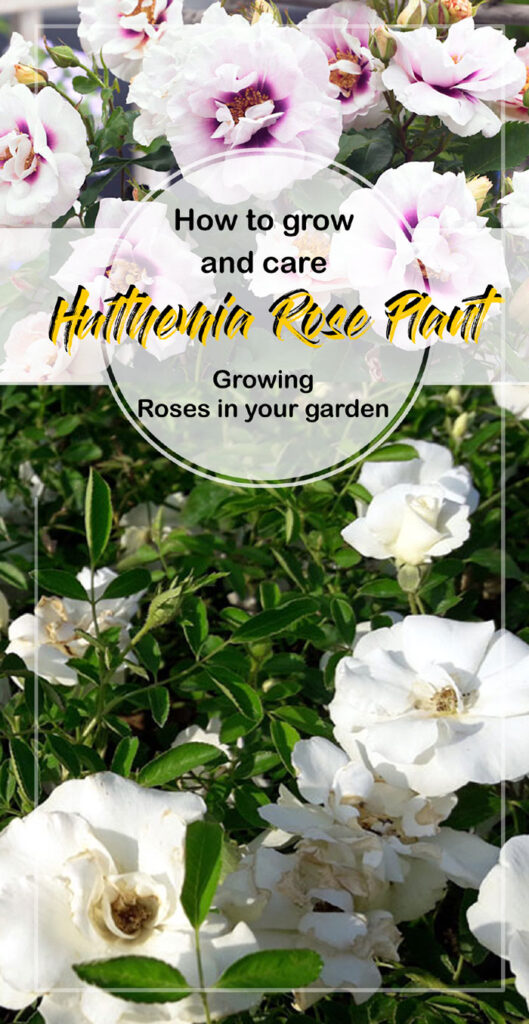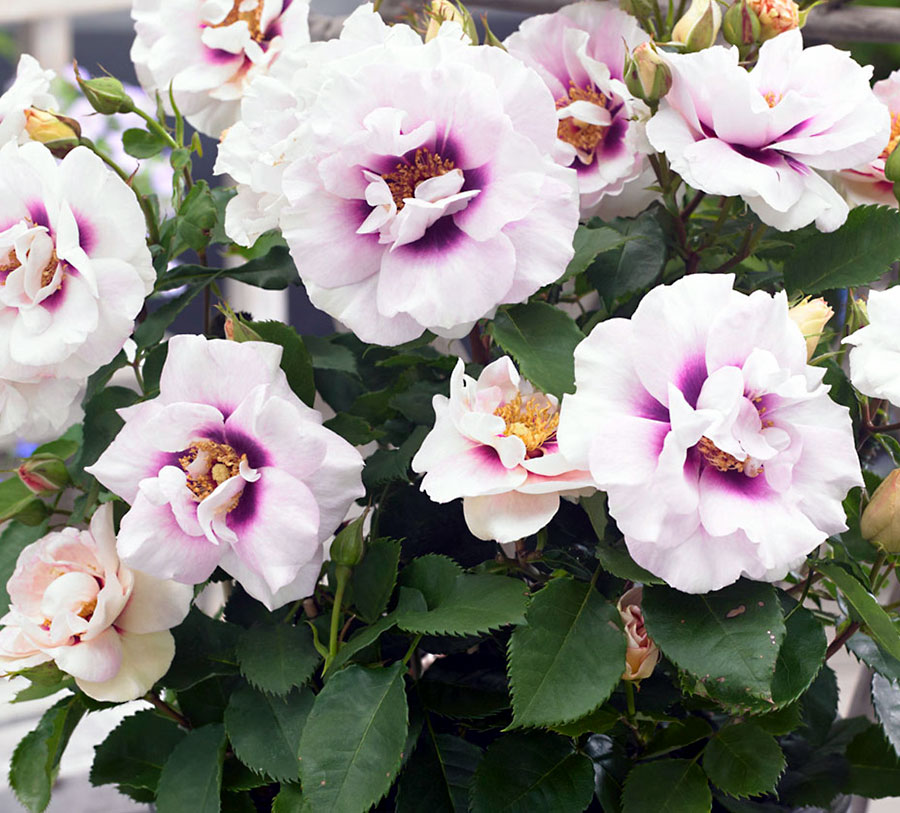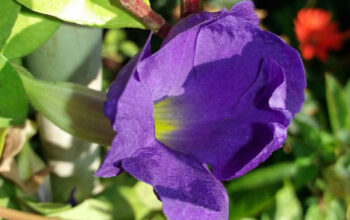Hulthemia Rose Plant
The flower on Hulthemia Rose Plant stems belongs to the Rosaceae family and is a perennial woody flowering plant. There are more than three hundred species and cultivars of this flowering plant. The roots of these plants are often covered in sharp prickles, making them erect shrubs, climbing shrubs, or trailing plants. Colors range from white to yellows and reds, and flowers range in size and shape.
A large number of species are native to Asia, while fewer species live in Europe, North America, and northwestern Africa. It is widely grown for its beauty as well as for the fragrance of its species, cultivars, and hybrids. The plant can be as small as a miniature or as tall as seven meters. Roses have evolved into a wide variety due to the hybridization of different species.
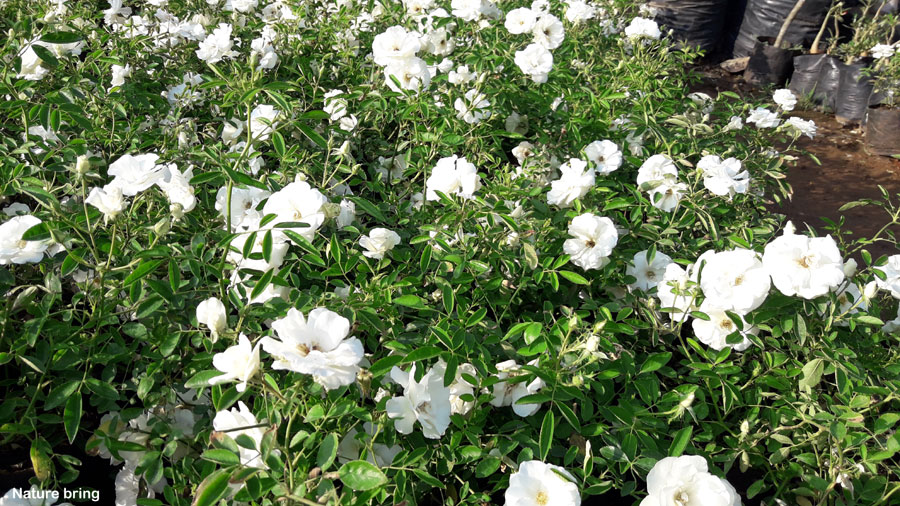
Overview Hulthemia Rose Plant
Scientific name Rosa persica
Common name Hulthemia Rose Plant
Plant type Flowering plant
Sun Full sun
Soil Well-drained fertile soil
Soil pH 5.5 to 7.0
Flower colour pink to red center, deep pink center, orange-pink, Deep pink and brown yellow-red eye.
Blooming time Spring to frost
Zone 5 – 9
Growing Roses in your garden
Growing from seeds
In general, growing hulthemia roses from seed is moderately easy, as long as the seeds are properly prepared beforehand. In order to prepare the seeds, stratification is needed, which involves cooling them in a cold, moist atmosphere. The process of growing hulthemia roses from seeds can take several years or longer. Although stratification techniques can help accelerate seed germination, some seeds can take up to a year to germinate.
Growing from cuttings
In contrast to seeds, rooted cuttings produce replicas of their parents. You can take cuttings from the current year’s new stems of Hulthemia Roses. If the bloom has withered, choose a stem between it and the woody base of the rose. The stem tip and bloom should be removed. At the top and bottom of the stem, cut a 45-degree angle right above the first set of leaves. As soon as the stems are cut, put them in water. To help the cuttings root and gauge their progress, remove all the leaves except one set at the top of the cutting.
Cut each stem into six-to eight-inch lengths. To root the cutting, dip its bottom half into the rooting hormone and soak it for a few minutes. Create a planting hole in your rooting bed or container 3 to 4 inches deep with a stick or pencil. Ensure that it is big enough so that the cut can be inserted without brushing off the hormone. Then, firm the soil around the cutting so that it’s bottom half and at least two nodes are covered.
Sunlight
Full sun is the best environment for growing hybrid Hulthemias. In order to achieve the best results, direct sunlight should be exposed for at least four hours per day. A partial shade is useful, however, when the weather is hot in the summer.
Watering
Normally, a week’s worth of water will suffice for most garden plants, but this can vary according to climate and growing conditions. A hot location with sandy soil will require more frequent watering than a cool, coastal region with cool weather. It is recommended to water the soil once it reaches three inches deep.
Fertilizer
Plant foods with an N-P-K ratio such as 18-24-16 are tailored specifically for rose hybrids’ higher phosphorus needs. Nevertheless, a special fertilizer is not necessarily necessary for the plant. 5-10-5, 4-8-4, or 4-12-4 are also good choices of complete fertilizers with high phosphorus ratios.
Soil
The pH of the soil should be slightly acidic to grow Hulthemia Roses. Generally, 6.5 is a good pH level for home gardens. Soils with good drainage, fertile, and well-drained properties are ideal for their growth. One part manure from a farm yard should also be added to the soil mixture, as well as one part bio-compost. It is ideal to have a loam soil, since a sandy soil drains rapidly while a clay soil can become waterlogged.
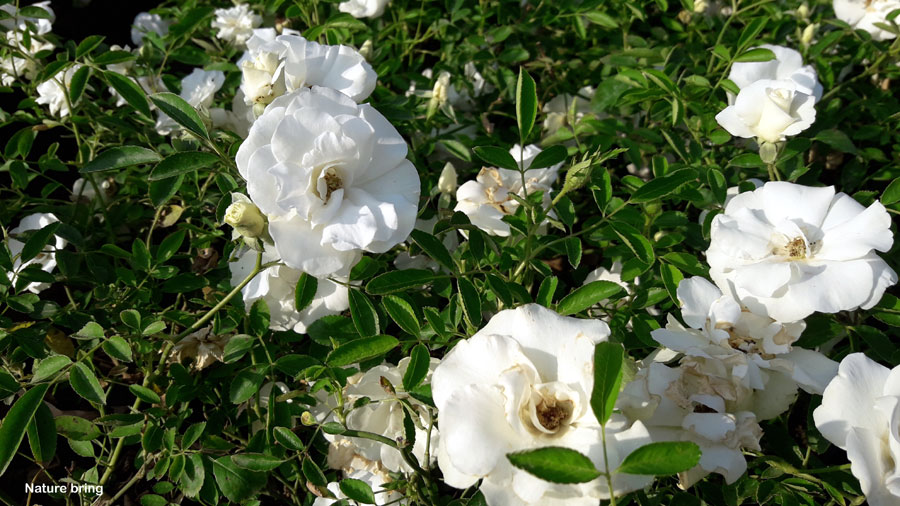
Pruning
Late winter or early spring, when new growth begins, is the best time to prune roses. The timing of this can range from January to May, depending on the climate in your area. Roses such as Hulthemia and other repeat-flowering roses should be deadheaded regularly to ensure their continued bloom.
For Pin:
